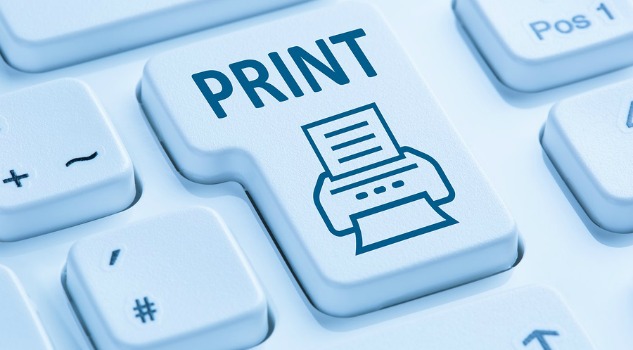No matter how digital we be become, there will always be paper around. And with paper comes a printer. Printers are now relatively inexpensive, but what do you actually get for your money? And what should you look for?
First, as a small-business owner, you want something that versatile – you want any capital purchase, such as a printer, to do as much work for you as possible. So, look for a multifunction device that can print, scan to email and copy.
That was easy, so what’s next? Speed. I’m not talking about 100’s of pages per minutes, but rather how fast is the first page out. Why is this important? Although you may not use your printer more than a few times a day, it gets frustrating waiting for the printer to warm up, or get ready to print.
What about paper? It should be able to print on thick stock and envelopes – think printing your own business cards, and doing your own small mail-out campaigns – and ideally your device will be able to print true photographic quality.
Warranty – of course it has warranty, but is it on-site? You don’t want to put the printer in your car and drive it to the service agent, do you? And it’s unlikely they’ll be able to fix it while you wait, so that’s two trips…and you are trying to run a small business. An on-site warranty will cost you extra, but the alternative is really not an option. I would also look at extending the warranty period to three years, some manufacturers offer five-year warranties but three is enough as by then advances in technology will mean there will be faster and less expensive printers on the market.
Consumables. High yield! You don’t want to run off to the store every time you print more than 100 pages. Look for a minimum of 10,000 pages, which will also help with costs as you are now buying your toner/ink in bulk.
Parts. Look for printers with extremely low maintenance – you don’t want to have to replace parts all the time. You want as few parts to replace as possible, but beware models with no parts are listed, they could be consumer devices and likely to reach end of life after just a few ink/toner changes.
Power. Some printing technologies require more electricity than others. Make sure you are aware of the printer’s power consumption.
And, of course, we have to look after the environment, so investing in a printer that reduces your carbon footprint would be a big plus – and make you feel better!
So, finally…The price! How do we find out what the printer actually is going to cost? What’s the ink/toner yield? what’s the cost per print? What’s the cost for colour? Factor in all the parts, then estimate this for a period of time like the life of the printer say three years.
Do this across your price bracket and your needs and you will find a clear solution that I believe you would not have picked initially!
Andreas Johansson, Sales Director – Graphic Arts and Print Markets, Kayell Australia (Epson reseller/distributor)










